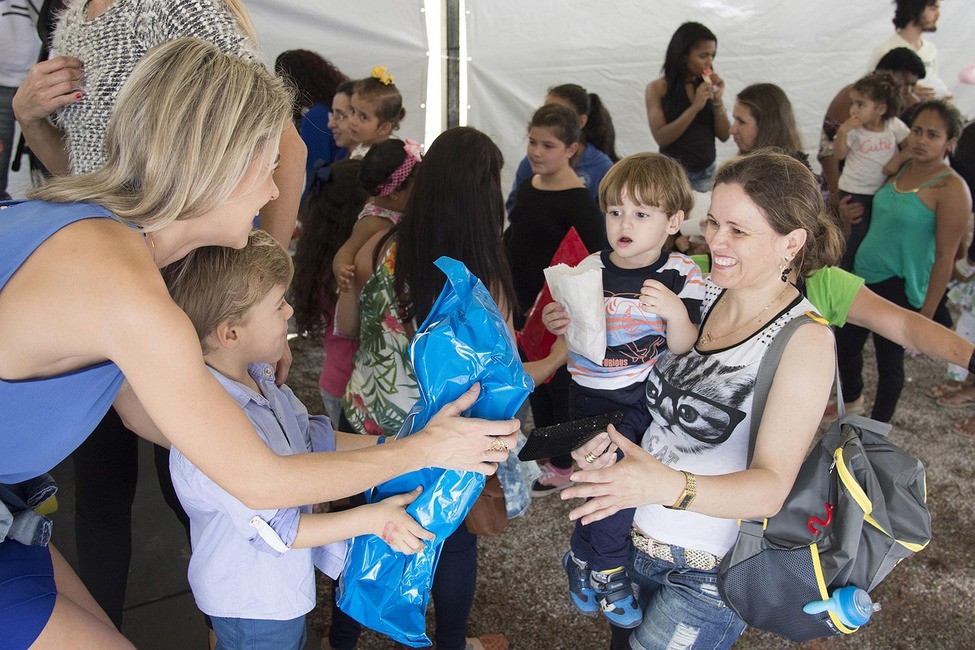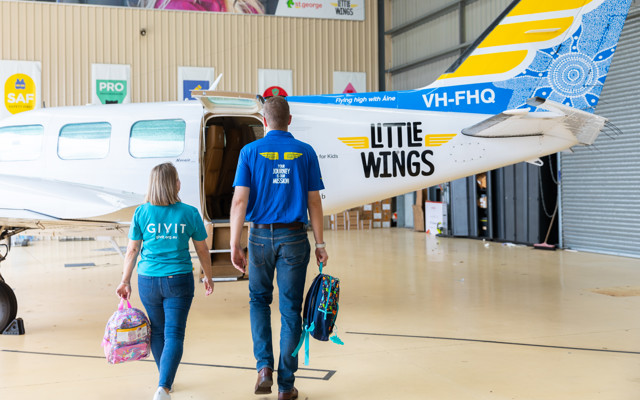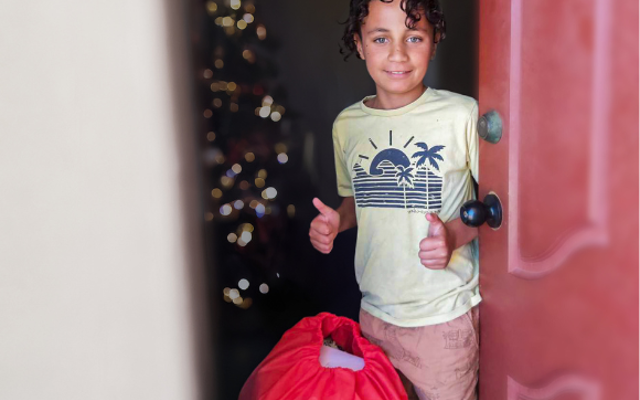Homelessness and domestic and family violence (DFV) are pressing hardships that severely disrupt the lives of those impacted. People experiencing homelessness need essential goods to help maintain quality of life and rebuild their lives. Through GIVIT, people across Australia can provide needed homelessness donations to organisations supporting people in need.
What are the leading causes of homelessness in Australia?

DFV has emerged as the major contributor leading to rough sleeping around Australia, with poverty, unemployment, the housing crisis, and family breakdown playing a role as well.
What is the main cause of homelessness for women?
According to the ABS 2021–22 Personal Safety Report, 1 in 4 women and 1 in 14 men have experienced violence from an intimate partner since the age of 15. Though DFV can happen to anyone, it has emerged as the leading cause of homelessness for women in Australia. For those who end up living rough, there is the added risk of more violence, leading to a perpetual cycle of abuse.
According to the 2016 Personal Safety Survey, approximately 30% of women and kids couldn’t leave a violent relationship because of financial reasons, and some are forced to return to the violent household just so that they have a stable housing option.
Imagine having to leave your home to escape abuse and then struggling to find a safe space to stay. For many, this is reality. Not only do they have to deal with the trauma of domestic violence, but they then have to cope with the repercussions of their decision to leave home.
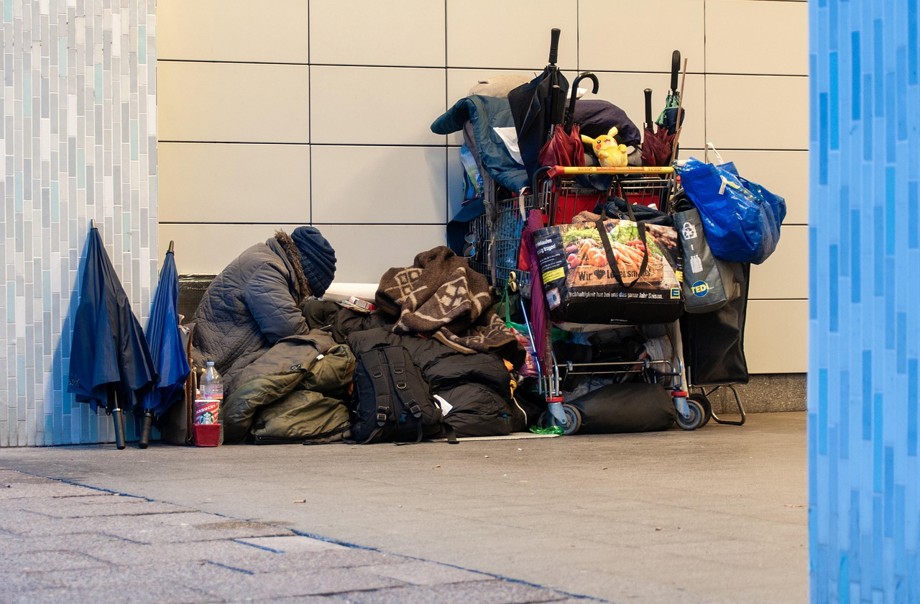
What’s the homelessness rate in Australia?
According to the latest census by ABS in 2021, around 68,516 males and 53,974 females are experiencing homelessness in Australia on any given night.
When people think of homelessness, they picture those living rough. But dive a little deeper and you will find “hidden homelessness”. Hidden homelessness includes those who do not have a permanent place to call home and are couch surfing, living in transient housing, or overcrowded dwellings.
The data also shows a 10% increase (from the 2016 census) in the number of females living rough compared to their male counterparts. Youth homelessness makes up 23.0% of all people experiencing homelessness (aged from 12 to 24 years), demonstrating the need for specialized youth homelessness donations and support.
What do women’s shelters need the most?
For women and kids escaping violence, support options are often limited. They have to leave everything behind and cannot risk going back to gather possessions. This leaves them vulnerable and unable to provide essentials such as groceries or fuel for themselves and their kids in most cases. The top homelessness donations needed for women and kids are basic items for everyday use.
Let's also take a look at other pressing needs that will help these victims find some stability and security.
In 2023–24, around 109,000 people assisted by Specialist Homelessness Services agencies had experienced DFV. Among them-
-
69% (75,000) needed specific assistance.
-
45% (48,900) needed short-term or emergency accommodation.
-
42% (45,800) needed money for accommodation (for example, bond or rent) and transport, and/or other non-monetary assistance, such as clothing, food vouchers and tickets for public transport.

How does GIVIT provide homelessness support?
GIVIT works with more than 4,600 support organisations around Australia, including councils, outreach teams, charities and community groups to identify exactly what’s needed by people experiencing homelessness. They have partnered with agencies that help those sleeping rough around Australia, as well as victims of domestic violence.
GIVIT is an online platform where organisations submit exact requests required by homelessness services. People can use the GIVIT website to view and fulfil these requests by either donating or funding the item. You can easily access the list of needed items here. With over 8 million goods and services provided to people in need since 2009, it’s working well.
Some examples of much-needed items right now are:
Supporting a First Nations child escaping Domestic Violence
54 Reasons has been helping an Indigenous 15-year-old girl who is experiencing homelessness. She had experienced years of DFV perpetrated by her father against her mother until he passed away when she was 9 years old. Her mother sustained serious lifelong injuries, impacting her mental health. The young girl and her mother became homeless this year and have been forced to stay in another unsuitable home affected by FDV, often leading to them having to flee.
Her experienced DFV led to the girl facing mental health challenges and being unable to finish school. However, she is still keen on pursuing an online course in Child Care - her dream career, for which she needed a laptop donation. GIVIT helped this dream come true and donated a laptop to this young First Nations girl, as her mother, who is on a disability pension, was unable to afford one for her.
“Thanks again for the help with the computer, my client was over the moon to hear she can get a laptop.” - Thank you message from 54 Reasons on the impact of this domestic violence donation for this First Nations girl.
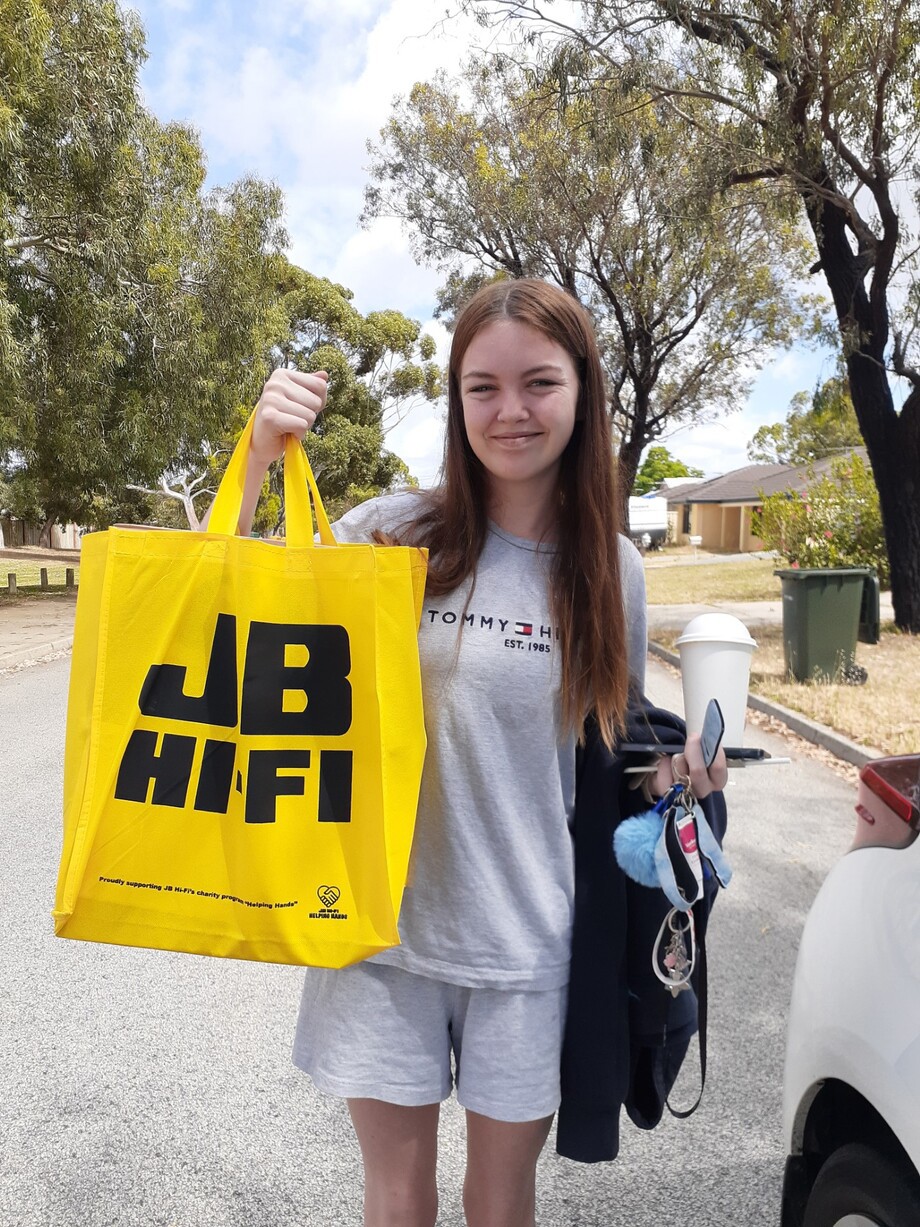
54 Reasons representative with the donated laptop
Can you donate clothes to a homeless shelter?
Yes, good-quality clothes can be donated to a homeless shelter. Check the GIVIT website to see homeless shelters donations needed near you on our What’s Needed list. If you do not find a request on the GIVIT website that matches what you can donate, list it on the GIVIT online warehouse. Partner charities can access this warehouse and will get in touch when your item is needed.
Keep in mind that clothes are not needed all the time, and unwanted clothes donations can create a burden on the charity. Kindly donate only what’s needed, as excess items will create unnecessary strain on the charity’s resources and hinder their relief efforts. Through GIVIT, you know you’re providing a much-needed donation to a person supported by a homeless shelter and ensuring there is no waste and strain on the charity.
What can you do to help homelessness and domestic violence survivors?
You can contribute by giving the items needed immediately or by funding an item request on the GIVIT website's What’s Needed page. There are various filters available to sort items based on need or location. So you could choose to donate to a homeless support group or a domestic violence shelter. This will enable the partner organisation supporting the recipient to obtain the item and deliver it to the recipient.
Homelessness Australia has estimated that an additional $450 million in homelessness support is needed to respond to new people needing homelessness assistance and people currently being turned away. More aid is needed to help end the vicious cycle of homelessness and domestic abuse.
If you want to keep your impact going, there is also a Monthly Donation option on the GIVIT website where you can give a fixed amount every month to the cause of your choosing. Rest assured that 100% of your donation goes towards purchasing the goods needed to help someone make a fresh start in a safe and supportive environment.
Why donate to GIVIT?
Trusted government partner
GIVIT is a trusted donation management partner of state and local governments.
Donations are tax deductible
GIVIT is a registered charity with DGR status, so your donation over $2 is tax deductible.
Empowering people in need
You’re helping us to support people experiencing hardship with essential goods and services while allowing them to maintain their dignity, safety and independence.
Genuine need
GIVIT's 4,900+ partner charities around Australia work closely with people experiencing hardship to identify exactly what they need.
